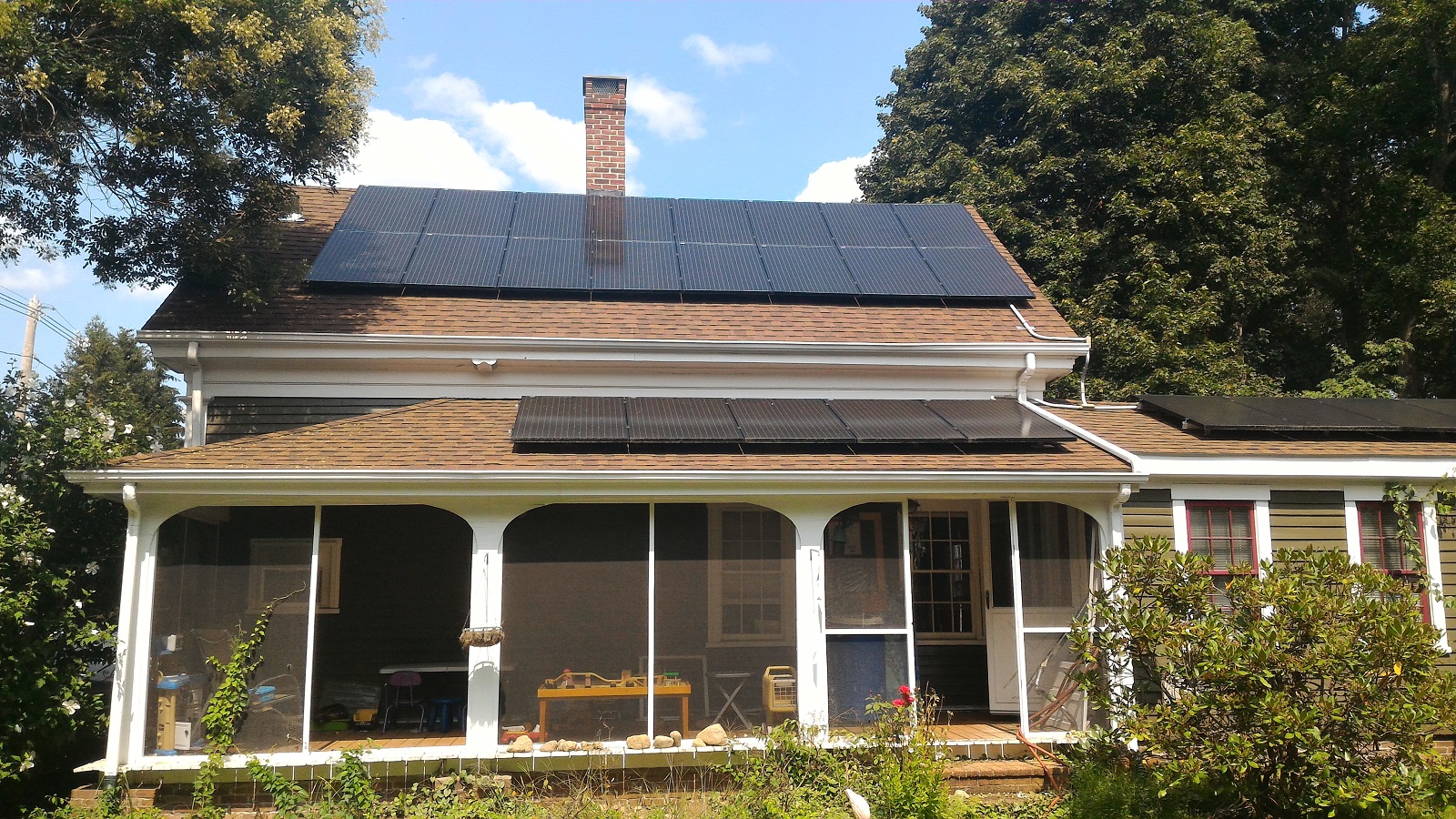Solar panels can bring financial savings & sustainable living — making it worth the investment for most homeowners. But for many considering this step, the question remains: is solar worth it?
Solar panels create low-cost, clean electricity from sunshine and reduce your dependency on the power grid. This can lower your monthly utility bills and can add up over the lifetime of your system. Eventually, your solar panels can pay for themselves.
Are solar panels worth the investment? The short answer
What are the benefits of solar panels in California?

You can lower the average costs of electricity bills by generating clean energy through solar. Solar panels in California can lead to substantial savings on utilities. The state’s high electricity rates make it more cost-effective to generate your own electricity from solar panels.
Over time, your monthly savings will add up and pay for the cost for your system. Solar panels typically have warranties for 25 years but can pay for themselves in four to ten years. In California, the payback period for solar panels makes them worth the investment as they can save you thousands of dollars over their lifespan.
Going solar is an easy way to lead a sustainable life. Solar panels produce zero carbon emissions and generate clean energy to power your home. Rooftop solar panels can reduce your carbon footprint and can make a difference in your community.
Is a storage battery worth the investment?
Solar-generated electricity is a “use it or lose it” system without a battery, any energy not used by your home or electric vehicle is sent to the electrical grid. Storage batteries store unused solar electricity for later usage — like during nighttime, stormy days or power outages.
How Enact can help you go solar

Enact makes solar simple, plus we offer transparency and choice from beginning to end. Our team of home energy advisors use Enact’s solar software to design a custom solar system for your home. After finding the right system design, Enact is involved throughout the installation and permitting process for ease of mind.
Going solar through Enact gives you access to many different solar panel, inverter and battery options. Our advisors can design multiple options for your home, based on your energy usage and financial needs, to create the optimal system.
You can get a free custom solar quote through Enact. All we need is some basic information about you and your home to get started. Using your satellite imaging and a copy of your latest utility bill, we can design a system for your home in minutes. To get a free custom solar quote, schedule a consultation with our advisors.
A consultation is brief, friendly and easy. Our advisors will create an initial design for your home. Next, your advisor will talk about the installation process, payment options and answer any questions or concerns you may have. If you have any questions or concerns, our home energy advisors are here to help.
Make the most of your solar investment with Enact Home
Enact Home let’s users monitor the performance of their solar system, with or without a storage battery. Users can track solar electricity generation, financial outcomes and storage performance.
After making the investment in solar and sustainability, it’s important to make sure your setup works for your home. Enact Home provides trust and transparency that shows your solar system’s performance. Whether you went solar through Enact or with someone else, Enact Home is not affiliated with a manufacturer offering independent analysis.
How do I know solar is worth it?
1. How much do you spend on electricity?
California has higher electricity rates compared the the rest of the U.S. This means there’s a higher chance you can save money switching to solar.
2. How much sunlight does your roof get?
Some things that may impact sunlight exposure include shade from trees or other buildings. Other factors that affect a solar system’s output include your home’s orientation toward the sun and the roof type. Talk to an Enact home energy advisor for more information. Our advisors use Enact’s smart solar software to determine how much sunlight your roof gets.
3. Is your roof suitable for solar?
Another factor is the material of your roof. Nearly all roof materials are compatible with a solar system, but some are easier than others. Wood and slate are more brittle than other materials, which makes it more difficult to install solar panels.
The size and tilt of your roof matter for solar output. Larger roofs with less obstacles, such as chimneys or skylights, are more ideal. Additionally, the most optimal roof angles (or tilt) for solar energy are between 30 to 45 degrees. This range receives the most sunlight which means more output.
In the northern hemisphere, south-facing roofs are the most ideal for solar panels. However, roofs that face east and west can also be suitable for solar. Even north-facing roofs can produce electricity with solar energy, but south-facing is the most ideal.
4. How much will a solar system cost you?
The amount you pay for solar influences how fast your system will pay for itself. Different areas, homes, needs and preferences can result in different costs for solar systems. Additionally, labor, permitting costs and supply can influence the cost.
There are multiple ways to afford going solar, including cash payments and loan financing. Financing options in California are available to fit any household budget. Incentives can also reduce the costs of going solar.
How does California support solar ownership?

Disadvantaged Communities — Single-family Solar Homes
To receive the upfront rebate — participants must be income-eligible, single-family homeowners and customers of Pacific Gas and Electric, Southern California Edison or San Diego and Electric. Income qualifications are outlined by annual CARE and FERA guidelines. To see if you qualify, check out the CalEnviroScreen tool.
Self-Generation Incentive Program (SGIP)
To see if you qualify, check out the CPUC website and Self-Generation Incentive Program website to apply. CPUC recommends contacting an administrator with your utility or solar installer before application.
California’s net metering policy
California currently has its third net metering policy (NEM 3.0), which is a net billing tariff. The new rates are based on avoided costs, which is how much money the utility company saves by not producing that amount of energy itself.
Property Tax Exclusion for Solar Energy Systems
California defines this as a system that uses solar devices, which are thermally isolated from living space or any other area where the energy is used, to provide for the usage, distribution or storage of solar energy. To see if you will qualify for the exclusion, read more at the State Board of Equalization website.
The Solar Investment Tax Credit
You can apply for the tax credit by filling out IRS Form 5695 and include it with your tax return for the year in which you installed your system. The credit only applies to those who buy their solar system through a cash purchase or financing option.

